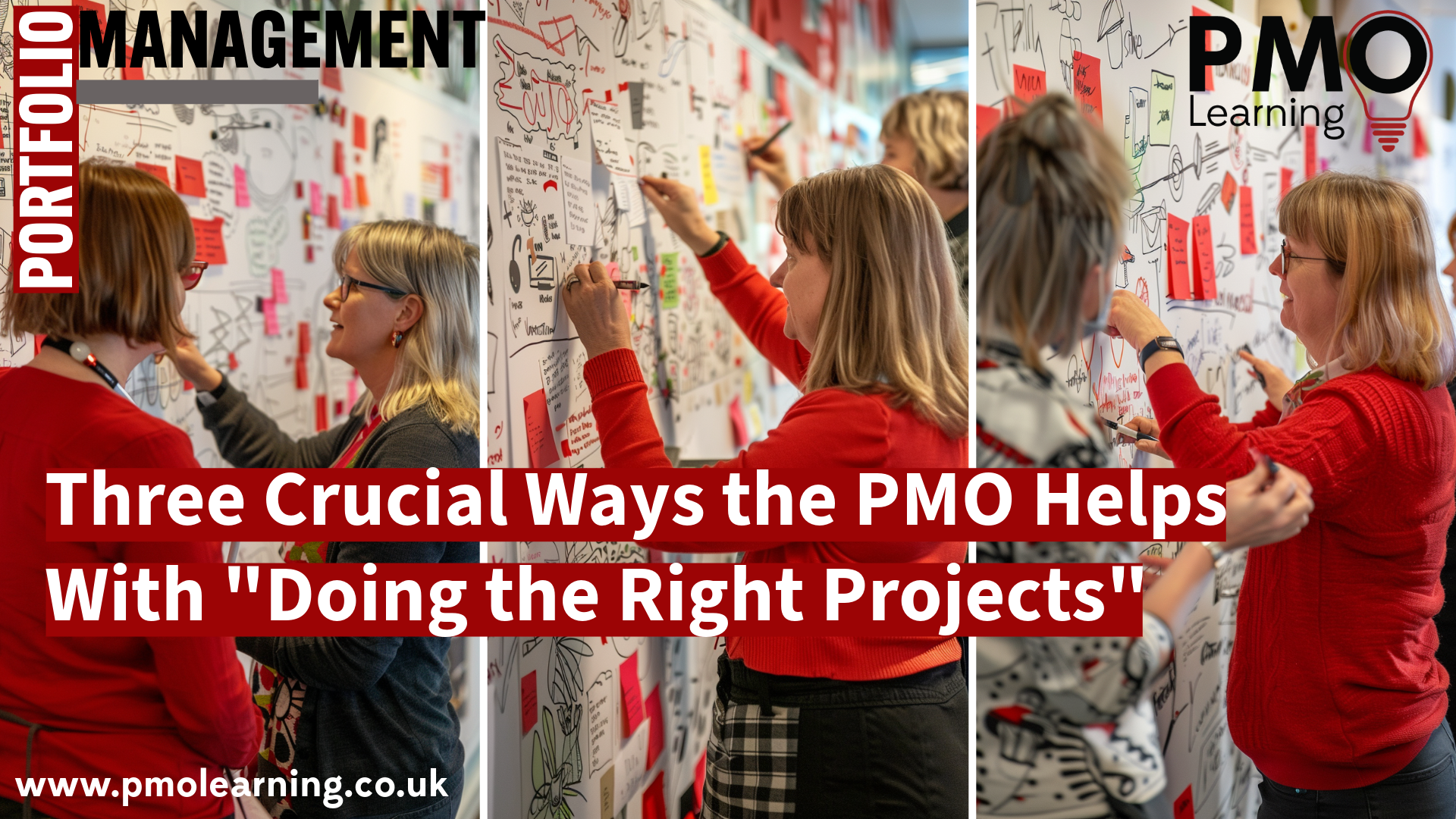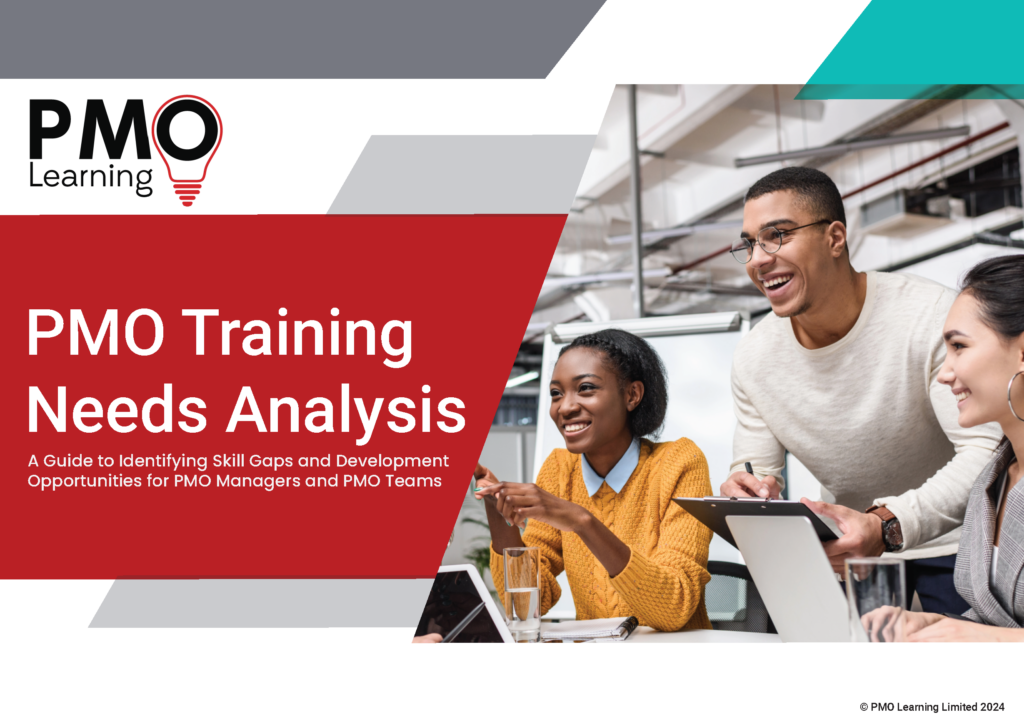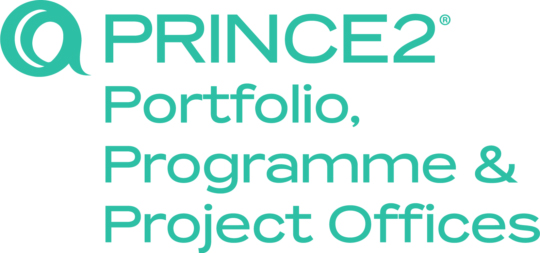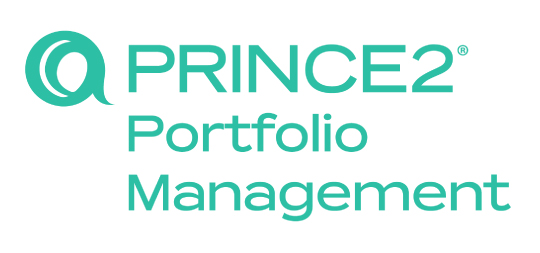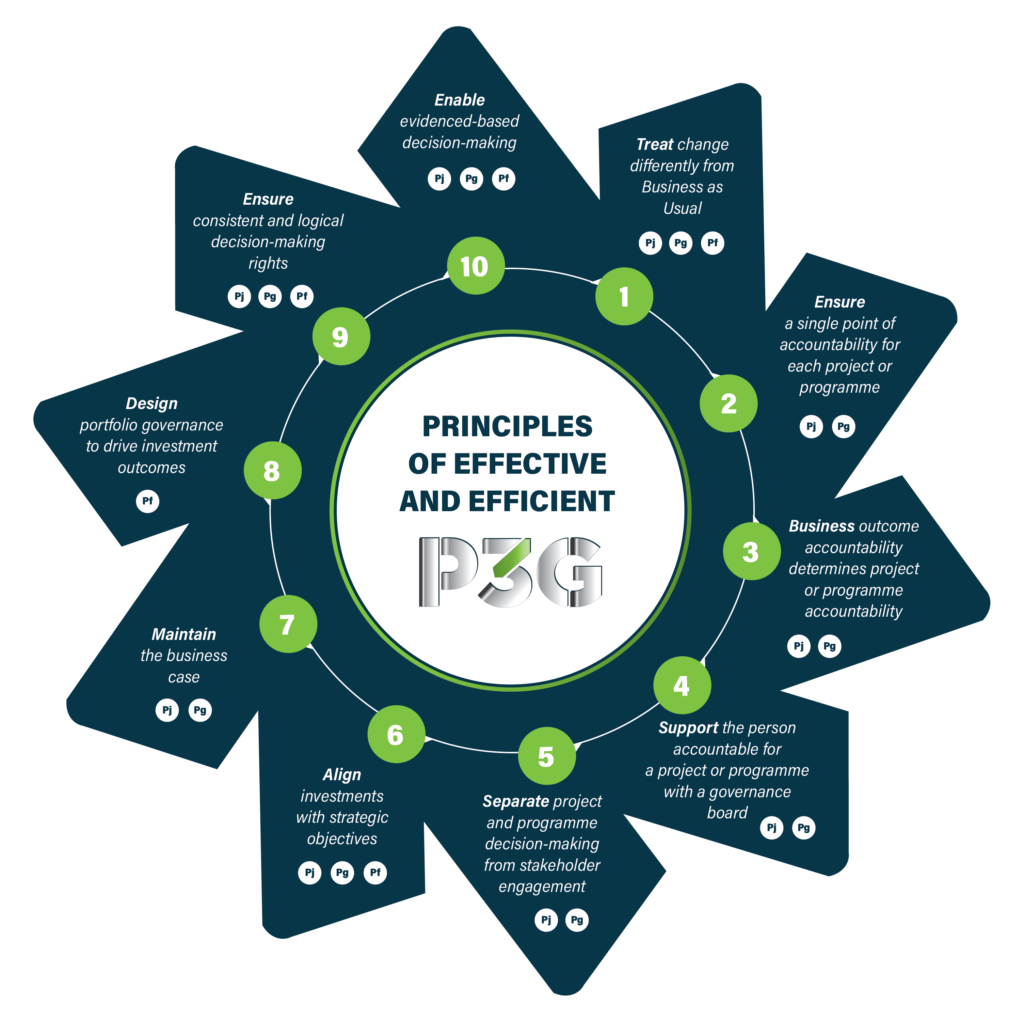You may have heard about “doing the right projects and doing the projects right.” In essence, it’s about organisations selecting the right projects and programmes to help them meet their strategic objectives and project managing them correctly to ensure successful delivery.
One is about portfolio management; the other is about project management.
It’s one of the first things you’ll learn about in the Management of Portfolios (MoP®) course, which has become popular for PMO professionals as their organisations seek to increase their maturity in project and programme management.
There is a lot to learn in the Management of Portfolios (MoP®) course and its currently the leading course to take up if you are looking to increase your knowledge around portfolio management.
In this short article, we look at the three crucial areas of MoP® for PMO professionals:
1. Facilitate Portfolio Management
 You will quickly learn that the PMO is the function that facilitates the portfolio management process – the PMO does not manage the portfolio management process. It’s important to learn about the different roles and responsibilities that can be found in a portfolio management set up, and for the PMO that means understanding who is doing what, and more crucially, what support do they need.
You will quickly learn that the PMO is the function that facilitates the portfolio management process – the PMO does not manage the portfolio management process. It’s important to learn about the different roles and responsibilities that can be found in a portfolio management set up, and for the PMO that means understanding who is doing what, and more crucially, what support do they need.
This involves coordinating between various stakeholders, providing the necessary tools and information to make informed decisions, and ensuring that all parts of the organisation are aligned in their efforts. By acting as a bridge (PMOs are sometimes known as ‘boundary spanners’) between strategic management and project execution, the PMO ensures that the portfolio’s objectives are effectively supported and achieved.
The Management of Portfolio course does not give in-depth detail on how to set up a portfolio office, for that, you’ll need to look at the Portfolio, Programme and Project Offices (P3O®) course. This course gives you the portfolio management processes and the different functions and services that the PMO may be offering to help facilitate them.
One of the most important services is portfolio prioritisation.
2. Portfolio Prioritisation Techniques
 Every organisation wants a balanced portfolio—that is, the right projects and programmes are selected, signed off, and initiated and delivered. They want to pick the projects and programmes that will make a difference to their bottom-line, outsmart their competitors, give the biggest bang for their buck.
Every organisation wants a balanced portfolio—that is, the right projects and programmes are selected, signed off, and initiated and delivered. They want to pick the projects and programmes that will make a difference to their bottom-line, outsmart their competitors, give the biggest bang for their buck.
Selecting the right projects and programmes to run is never easy. There are so many factors to consider: strategic alignment, resource availability, risk management, and potential return on investment.
Organisations can use various techniques, such as weighted scoring models, decision matrices, or even portfolio maps, to effectively prioritise. These tools help objectively evaluate each potential project against the organisation’s strategic goals and resource constraints, ensuring that only the most important initiatives are green-lit. By applying these methods, PMOs can create a clear and transparent prioritisation process.
The Management of Portfolios (MoP®) gives a great introduction to portfolio prioritisation for any PMO professional.
3. Governance Bodies Set Up
 Management of Portfolios (MoP®) emphasises the importance of establishing strong governance frameworks to support effective portfolio management. Governance bodies are crucial because they provide oversight, ensure accountability, and facilitate decision-making aligned with the organisation’s strategic objectives.
Management of Portfolios (MoP®) emphasises the importance of establishing strong governance frameworks to support effective portfolio management. Governance bodies are crucial because they provide oversight, ensure accountability, and facilitate decision-making aligned with the organisation’s strategic objectives.
The PMO have a big role to play in facilitating the set up of the governance frameworks and processes that will ultimately support decision-making – there is a reason why the PMO is often referred to as the “decision-enabling function” and this is a key part of the reason why. The PMO will assist with setting up the governance model – helping to craft the roles and responsibilities for example.
